
From 1965 to 1973 there was perhaps no more terrifying sight for NFL ball carriers than seeing number 51 for the Chicago Bears.
That number belonged to the legendary Dick Butkus, linebacker for the Bears.
Born #OTD,One of the All Time Greats,Legendary Chicago Bear Linebacker,Dick Butkus.#Bears #Chicago #NFL #1960s #1970s #Illini pic.twitter.com/dniXOFSrsQ
— Tom's Old Days (@sigg20) December 9, 2021
Butkus was a 6’3”, 245-pound terror who victimized opponents with a fury that resembled a rabid badger.
His mission in life was not just to tackle the person with the ball but to bury them as well.
During Butkus’ career in Chicago, the Bears rarely had a winning record and never went to the playoffs.
However, the franchise could at least count on their Monster of the Midway to keep opposing offenses honest.
Long after his retirement, Butkus remains the standard for which all linebackers are measured in the NFL.
This is the story of Dick Butkus.
Early Life
Richard Marvin Butkus was born on December 9, 1942, in Chicago.
Happy Birthday, Dick Butkus! #DaBears #DickButkus pic.twitter.com/kXJGAggFWG
— Evan McClosky (@The_Ev_Mac) December 9, 2021
He was the youngest of nine children and Dick learned at an early age to go after what he wanted.
It didn’t take him long to decide what it was that he wanted to become.
“A professional football player,” he said. “I worked hard at becoming one, just like society says you should. It said you had to be fierce. I was fierce. Tough. I was tough.”
From that point on, nothing Butkus did distracted him from his goal.
He mapped out his entire upbringing, from the kids he hung out with, to his summer jobs, and eventually his high school.
Butkus didn’t have time to waste on frivolous matters or people that would deter him from being the best football player he could be.
To help prepare himself for battle, Butkus was known to push a car up and down the street to strengthen his legs.
He specifically chose his high school, Chicago Vocational High School, because the football team was coached by former Notre Dame player Bernie O’Brien.
While playing for O’Brien, Butkus became a feared all-state fullback and linebacker.
He also found time to punt and kick the ball.
One of his trademarks as a defender was stripping ball carriers of the football to cause a fumble.
Butkus would continue this move through college and the NFL.
In 1959, Butkus was the first junior to be selected by the Chicago Sun-Times as Chicago’s high school player of the year.
A year later, even though he was beset by nagging injuries as a senior, Butkus was still pursued by a number of colleges.
A Voracious Defender at Illinois
When it came time to select a college, Butkus didn’t take long in making his decision.
He chose the University of Illinois and helped the program become a winner.
Part of his decision came down to the fact that Butkus was thinking about getting married to his girlfriend.
Notre Dame, who also wanted Butkus, did not like their players to be married.
That made Butkus’ decision much easier.
While attending college, Butkus admitted that his goal was to be a great football player.
Academics were secondary.
“If I was smart enough to be a doctor, I’d be a doctor,” he said. “I ain’t, so I’m a football player. They got me in P.E.”
In 1961, the Illini were 0-9 and then went 2-7 the following season, Butkus’ first as a starter.
As a center and linebacker for Illinois, Butkus became a third-team 1962 All-Big Ten Conference member as a center as well as a second-team center by the United Press International.
Dick Butkus receives his lettered jacket from The University Of Illinois.#ChicagoHistory pic.twitter.com/rV0STTHKC5
— Chicago History ™️ (@Chicago_History) November 20, 2019
The following year, the Illini went 8-1-1 and defeated the Washington Huskies 17-7 in the Rose Bowl.
By that time in his collegiate career, Butkus already had 145 tackles and a whopping 10 forced fumbles.
He also continued to train using unorthodox methods.
At various times, teammates would spy Butkus running at trees and then dodging them at the last minute to simulate avoiding blockers.
Butkus was named Illinois’ most valuable player for the 1963 season and was awarded the Chicago Tribune Silver Football as the Big Ten’s most valuable player.
He also received a unanimous choice selection as a center for the 1963 College Football All-American Team.
His play that season was lauded by sportswriters throughout the country.
“If every college football team had a linebacker like Dick Butkus, all fullbacks would soon be three feet tall and sing soprano,” wrote Dan Jenkins in Sports Illustrated. “Dick Butkus is a special kind of brute whose particular talent is mashing runners into curious shapes.”
Butkus Nearly Wins the Heisman
During Butkus’ senior year in 1964, the Illini regressed to 6-3.
However, he continued to obliterate opponents on both sides of the ball.
That season, Butkus was not only a co-captain for the Illini, but he was also UPI’s college football Lineman of the Year for 1964.
In addition, he was named player of the year by The Sporting News and the American Football Coaches Association.
A little throwback to the Illini jerseys of the early ‘60s. Illinois and NFL legend Dick Butkus wore these. I’m personally a big fan of the stars and numbers on the helmets pic.twitter.com/vajVMNs4Xd
— Fifth Quarter Illinois (@FQ_Illinois) April 10, 2020
Butkus was Illinois’ MVP and was again named an All-American.
Then, one year after finishing sixth in the Heisman Trophy balloting, Butkus came in third place in the Heisman balloting in 1964.
His Heisman finish was more astounding given the fact that Butkus was a lineman and linebacker.
According to the Illini program, Butkus finished his collegiate career with 374 total tackles.
An Impressive Draft for the Bears in 1965
At various points in their history, the Chicago Bears were a fierce, winning program.
The majority of their early years were overseen by the talented tactician, George Halas.
In 1963, Chicago won the NFL Championship 14-10 over the New York Giants.
The following year, the Bears fell to 5-9.
They were fortunate to have picks number three and four in the 1965 NFL Draft.
With their third pick, the Bears took Butkus, giving him the distinction of playing his high school, college, and pro career in the same state.
In a moment of sheer luck (or genius according to Halas), the franchise then took the University of Kansas running back Gale Sayers.
The “Kansas Comet” would become a star alongside Butkus and become one of the greatest backs in NFL history.
Men Of Honor:
Gale Sayers, George Halas, And Dick Butkus.#ChicagoHistory ✔️ pic.twitter.com/IRKJZVgzE8— Chicago History ™️ (@Chicago_History) September 15, 2020
Butkus was also drafted with the ninth selection in the second round of the American Football League draft by the Denver Broncos.
Both teams aggressively pursued him, but Butkus eventually took less money to play for Halas and stay in his home state.
Butkus is an Immediate Starter
During training camp as a rookie, Butkus did not hesitate to show his new teammates that he intended to stick around.
He displayed no fear and it did not matter if he outperformed a fellow rookie or a seasoned vet.
Whatever it took, Butkus was going to be a starter.
“The second I saw him on the field (at training camp) I knew my playing days were over,” Bears veteran linebacker Bill George said. “Nobody ever looked that good before or since.”
Halas knew exactly what he had in Butkus and started his new linebacker for the 1965 season opener against the San Francisco 49ers.
By the end of the game, the 49ers knew who Butkus was as he racked up 11 unassisted tackles.
For the remainder of the season, Butkus was all over the field for the 9-5 Bears.
Not only did he meet running backs with ferocity, but he clogged passing lanes when dropping into coverage.
Dick Butkus is a BAD man pic.twitter.com/COG1Vm2dQY
— Barstool Chicago (@barstoolchicago) November 30, 2019
As a rookie, Butkus led the Bears in tackles and collected five interceptions, seven fumble recoveries, and one sack.
All categories (except sacks) led Chicago that year.
Butkus was named a first-team All-Pro for the first of five times and was also selected to the Pro Bowl for the first of eight consecutive years.
Furthermore, Butkus finished behind his new teammate, Sayers, and Ken Willard of San Francisco for AP Rookie of the Year.
Chicago Struggles While Butkus Thrives
For the next two years, Chicago would win 12 games total.
Halas stepped down as coach of the Bears for the final time after the 1967 season.
Meanwhile, Butkus continued to terrorize opponents.
“When I went out on the field to warm up, I would manufacture things to make me mad,” Butkus said. “If someone on the other team was laughing, I’d pretend he was laughing at me or the Bears. I’d find something to get mad about. It always worked for me.”
Butkus was asked by a reporter if the rumors of him being mean were accurate.
“I wouldn’t ever go out to hurt anybody deliberately. Unless it was, you know, important—like a league game or something,” Butkus responded.
In 1966 and 1967 he had one interception each year and averaged nearly 120 tackles according to team sources (the NFL did not keep track of tackles at the time).
Dick Butkus always said a short prayer for the souls of his enemies before he demolished them. pic.twitter.com/wuYgQTJHwH
— Super 70s Sports (@Super70sSports) March 20, 2022
Butkus also posted 4.5 official sacks during that span.
Years later, pro football researchers would find out that Butkus actually had a career-high 18 sacks in 1967.
Since the NFL has not yet acknowledged these new totals, the mark remains unofficial.
Butkus was a second-team All-Pro and Pro Bowler after the ‘66 and ‘67 seasons.
Butkus is an NFL MVP
After a first-team All-Pro year in 1968, Butkus had two picks, two fumble recoveries, two official sacks, and scored a safety in 1969.
He was then named the NFL Defensive Player of the Year as voted on by his peers.
That same year, the Bears went 1-13, the lowest win total in franchise history.
Along with many of his teammates, Butkus requested to be traded or cut by the team after the ‘69 season.
However, before the 1970 season began, he signed a multi-year extension to stay in Chicago.
In September, Butkus appeared on the cover of Sports Illustrated with the caption “The Most Feared Man in the Game.”
It’s one of the best Sports Illustrated covers ever.. 51 years ago this week.
Dick Butkus .. graces the cover of the 1970 FB Preview Issue. pic.twitter.com/i1aWH5ufpl— Michael Detillier (@MikeDetillier) September 20, 2021
The SI description was spot on.
Fellow quarterback killer Deacon Jones described Butkus as someone with a penchant for mayhem.
“Dick was an animal. I called him a maniac. A stone maniac. He was a well-conditioned animal, and every time he hit you, he tried to put you in the cemetery, not the hospital.”
If given the opportunity, opponents tried their best to steer clear of Butkus.
“If I had a choice, I’d sooner go one-on-one with a grizzly bear,” former Green Bay Packers running back MacArthur Lane said. “I prayed that I could get up every time Butkus hit me.”
During the 1970 season, Butkus made a plethora of tackles in addition to two sacks, two fumble recoveries, and three interceptions.
He was again named the NFL Defensive Player of the Year by his peers.
Once the season concluded, Butkus had surgery on his right knee, which he had injured during the year.
Unfortunately, the surgery wasn’t completely successful and Butkus would play in constant pain for the next few years.
Butkus’ Career Comes to an End
In 1971, Butkus compartmentalized his knee pain on his way to 117 tackles, four interceptions, three fumble recoveries, and a half-sack.
During a Week 9 game against the Washington Redskins, Butkus scored a point on a fluke play.
The Bears had just scored a touchdown to tie the game and the PAT team lined up for the extra point.
The ensuing snap went over the head of Chicago’s holder, Bobby Douglass.
Douglass corralled the ball and looked to throw it.
He spied Butkus, who was lined up as a blocking back, heading into the end zone.
Douglass let fly and the ball found Butkus’ hands for the winning point.
Butkus would call the play the favorite of his career.
A year later, the Bears stumbled through a 4-9-1 record while Butkus reached his final Pro Bowl and was named first-team All-Pro for the final time.
This is probably my all-time favorite photo of #Bears LB Dick Butkus: pic.twitter.com/PUJjETcStf
— Bear Report (@BearReport) February 11, 2020
By 1973, Butkus was hobbling around the field on a bad leg while still making plays.
In Week 7, he recovered a fumble in the end zone against the Houston Oilers for the only touchdown of his career.
However, the pain in his knee became too much and he took himself out of a game at one point, something that would have been unthinkable in years past.
Butkus would briefly consider returning in 1974 but was strongly advised against it by his doctor.
With that, Butkus’ career came to an end.
In nine seasons, Butkus was credited with 1,020 tackles, 22 interceptions, 27 fumble recoveries (a league record when he retired), 11 official sacks, a safety, and a touchdown.
Additionally, he was a five-time first-team All-Pro, a three-time second-team All-Pro, eight-time Pro Bowler, and two-time NFL Defensive Player of the Year.
Butkus has been named to the NFL’s 1960s and 1970s All-Decade Teams, the league’s 75th and 100th Anniversary All-Time Teams, had his number 51 retired by Chicago, and recognized as one of the 100 greatest Bears of all time.
In Retirement
After he retired, Butkus was never idle for long.
In 1979, he was inducted into the Pro Football Hall of Fame.
His HoF quote is pure Butkus.
“There’s only one thing I’ve ever wanted to do: Play pro football. Everyone seems to be made for something, and I’ve always felt that playing football was the thing I was supposed to do. I love the game.”
Butkus used his tough guy reputation to appear in numerous movie and television shows.
He also appeared in Miller Lite beer commercials with other fan favorites, spewing the phrase, “Tastes Great! Less Filling!”
12/2/81
Billy Martin & Dick Butkus shoot a Miller Lite commercial. #Yankees pic.twitter.com/W9uApG8k9A
— ⚾ J. Daniel ⚾ (@JDaniel2033) December 2, 2021
Butkus eventually settled a lawsuit he had against the Bears team doctor for not handling his knee injury properly while he played.
For several decades, Butkus continued to suffer from his injury until knee replacement surgery in 1997 alleviated most of his discomfort.
A number of years ago, Butkus and his wife, Helen, moved to Southern California and he continues to enjoy life as a father and grandfather.
Although his playing career is long over, Butkus is still the “gold standard by which other middle linebackers are measured.”
“Tackling wasn’t good enough,” recalled former Bears defensive end Ed O’Bradovich about Butkus. “”Just to hit people wasn’t good enough. He loved to crush people.”
References
https://www.profootballhof.com/players/dick-butkus/
https://en.wikipedia.org/wiki/Dick_Butkus
https://www.britannica.com/biography/Dick-Butkus
https://www.espn.com/sportscentury/features/00014131.html
https://www.dickbutkus.com/pages/about
https://www.pro-football-reference.com/players/B/ButkDi00.htm
NEXT: What Happened To Olin Kreutz? (Story)
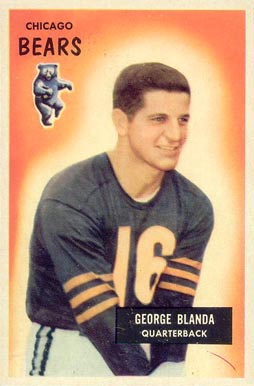
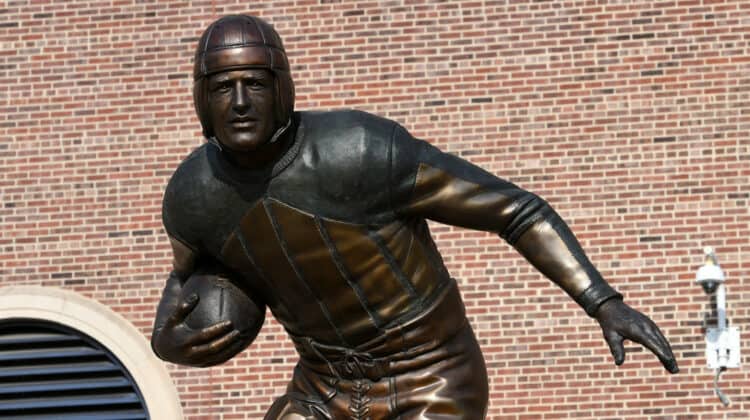
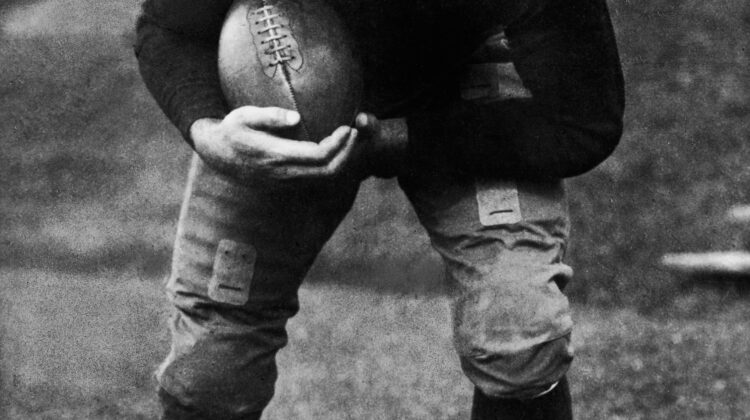
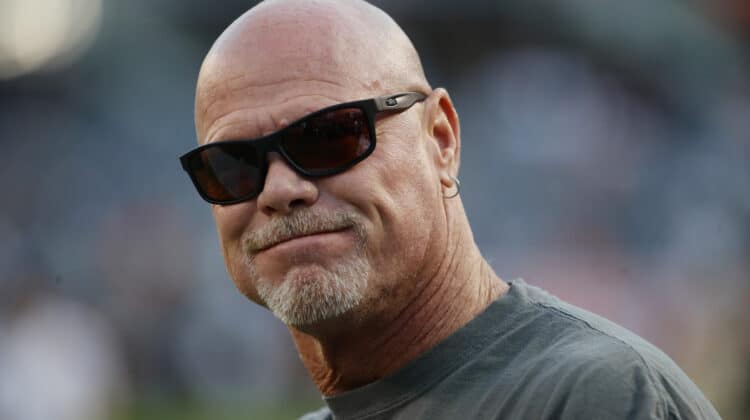
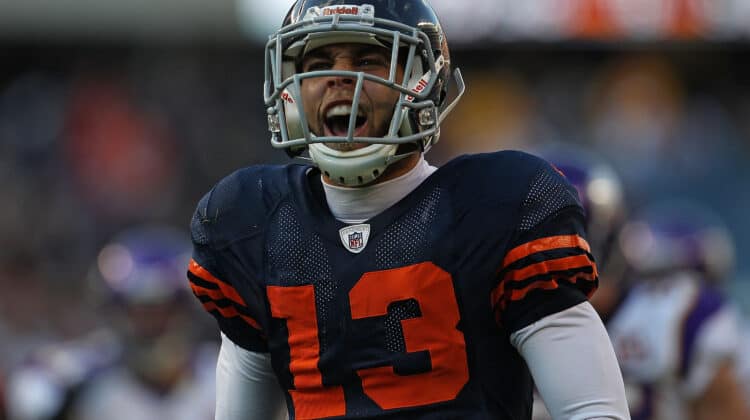
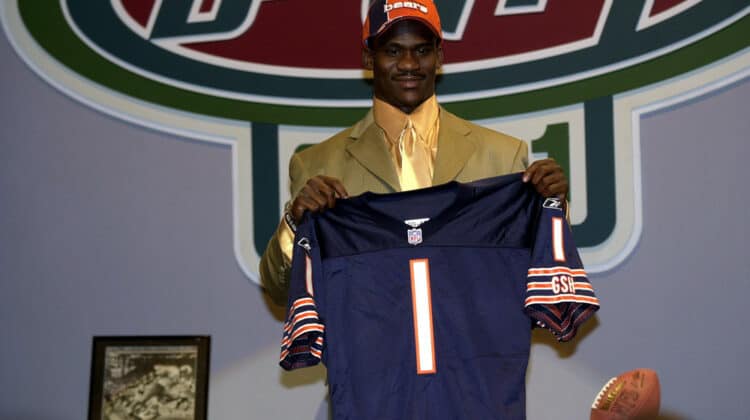
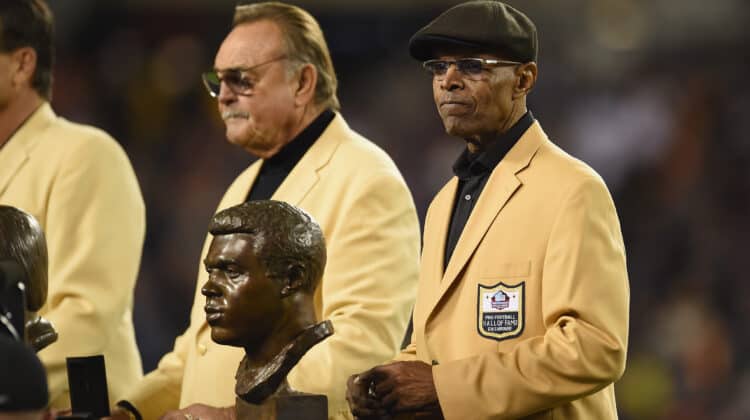
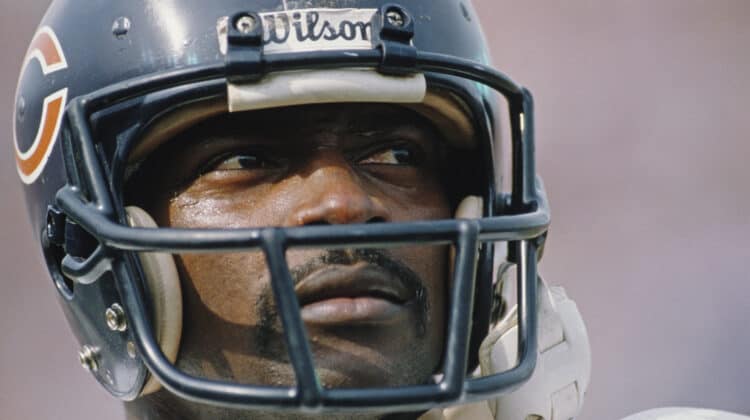
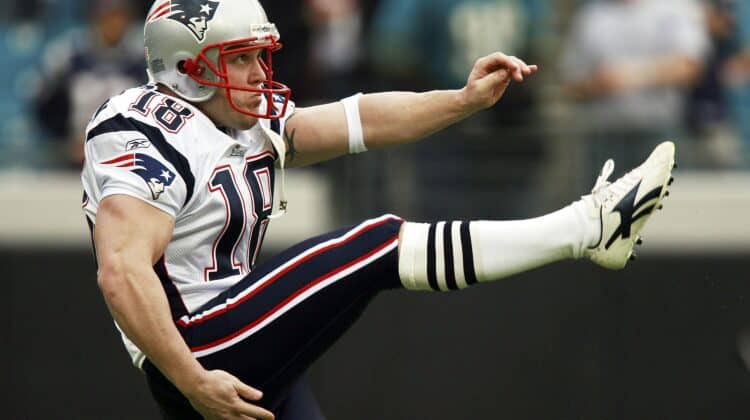
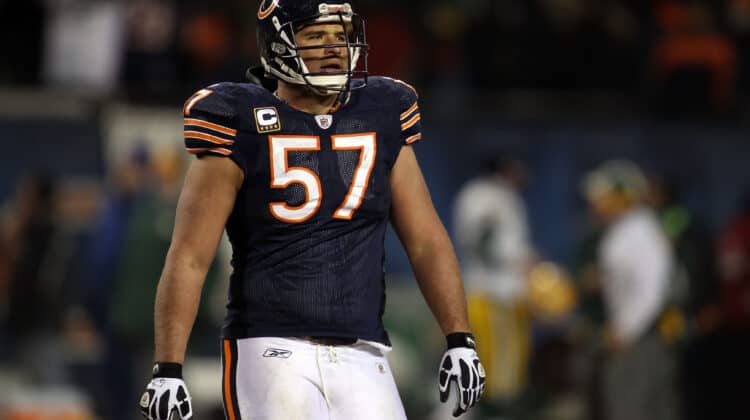
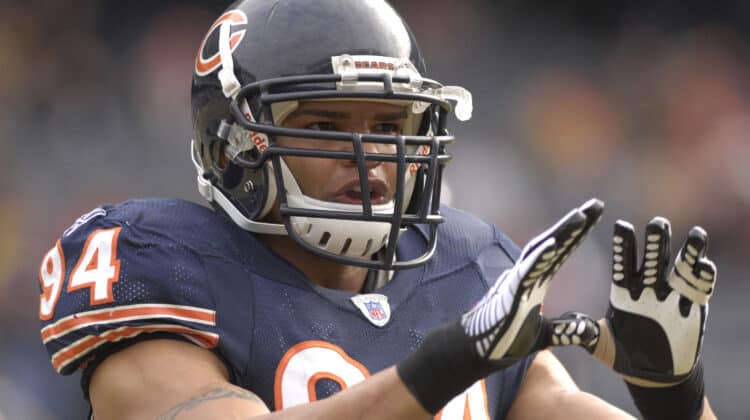

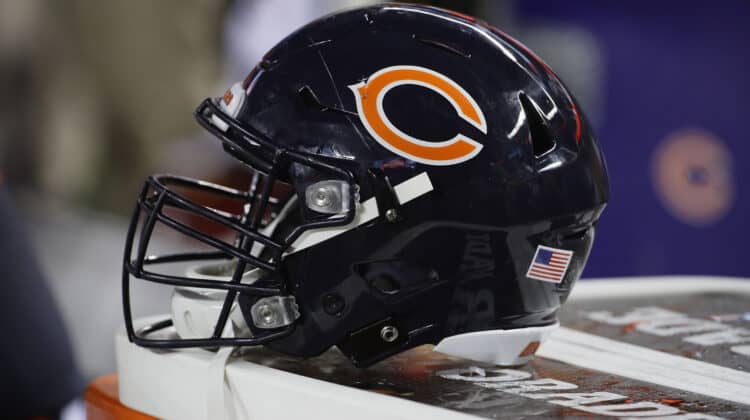
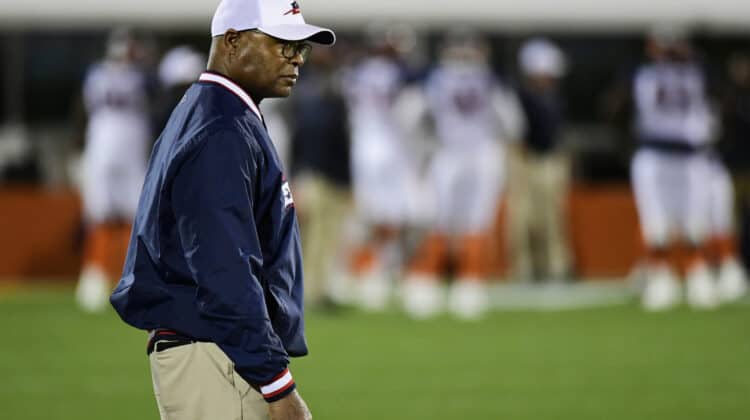
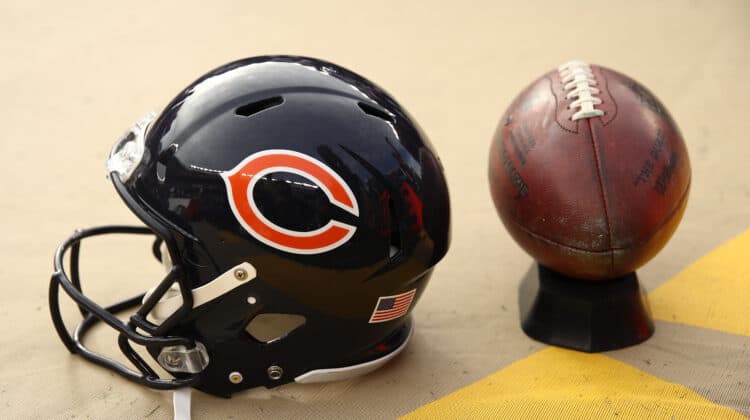
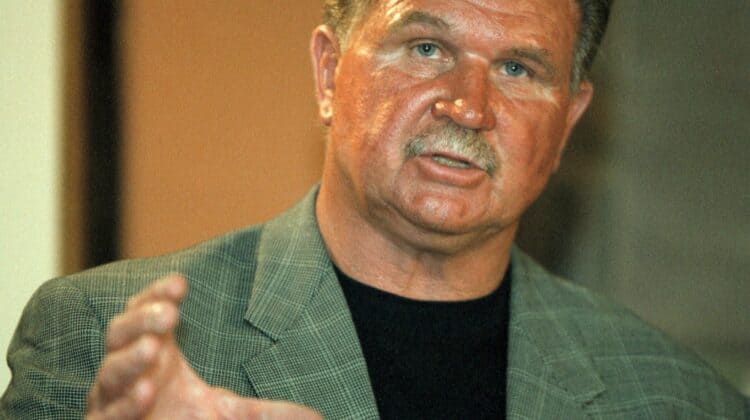

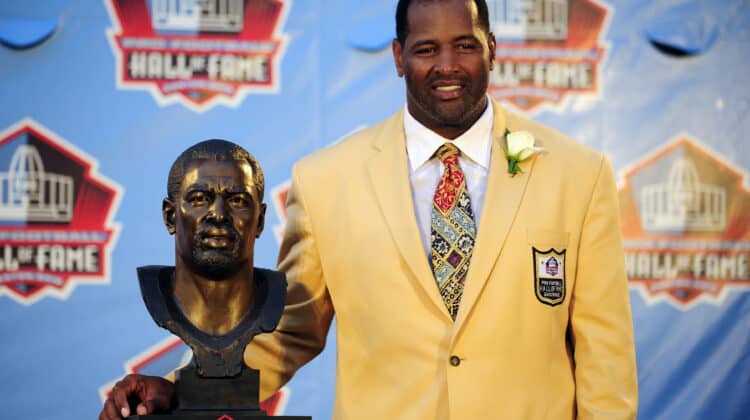
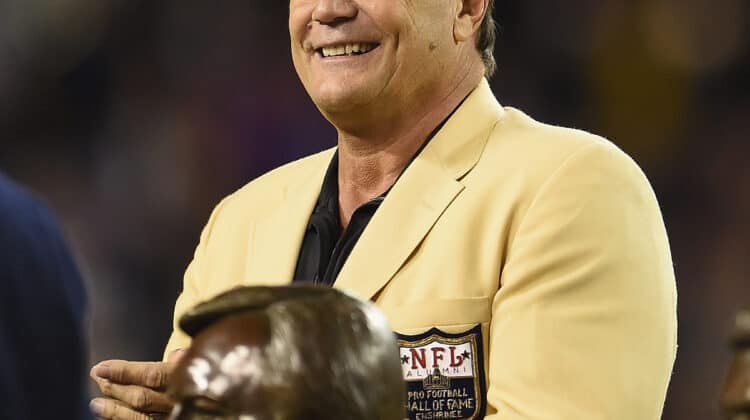
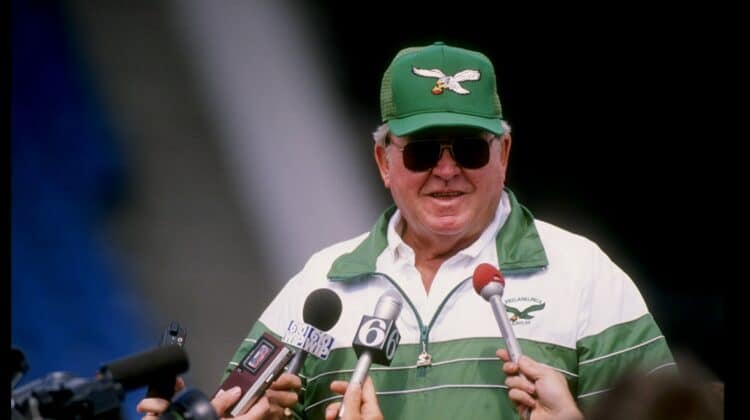
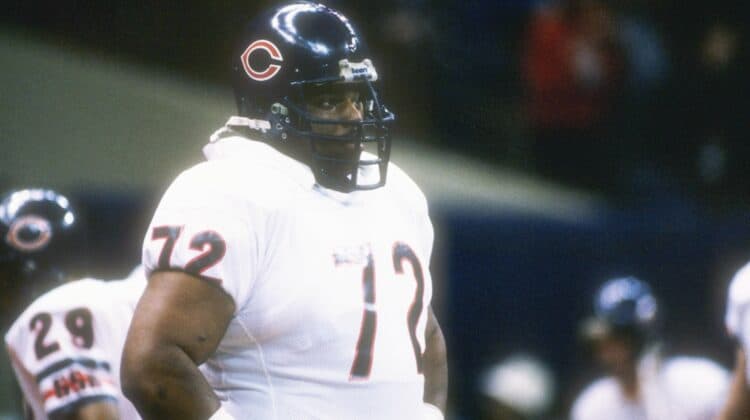
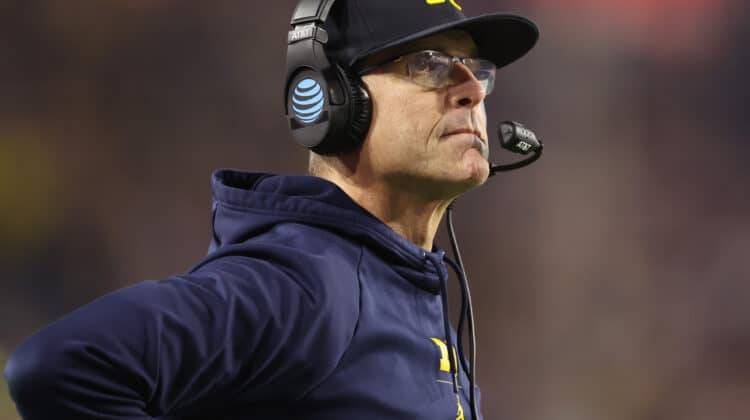
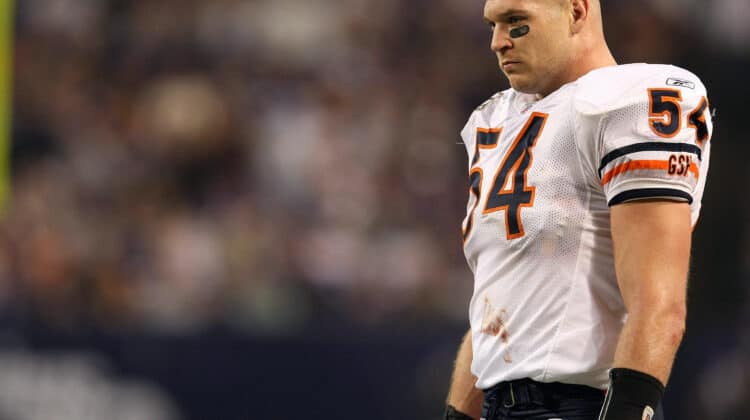
I remember those Prestone commercials where he stated..Plugging Holes Is My Business…he wasn’t kidding